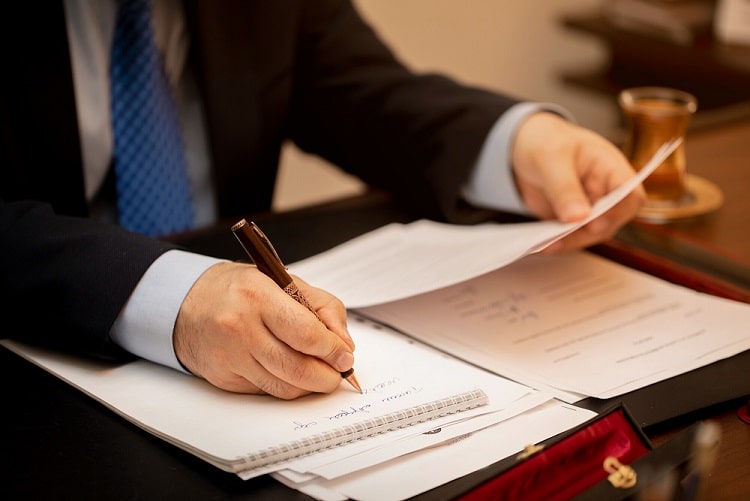Driving whilst under the influence of drugs is an offense and against the law. Section 4 of the Road Traffic Act 1988 states ‘a person who, when driving or attempting to drive a motor vehicle on a road or a public place is unfit to drive through drink or drugs is guilty of an offense’.

If arrested and convicted of driving under the influence of drugs the following sentences can be applied: – a minimum of one year driving ban, a fine up to the sum of £500, and a six month prison sentence. However, if convicted of causing death by dangerous driving whilst under in the influence of drugs there are much more severe consequences.
Currently in the UK it seems that driving whilst under the influence of drugs is not given the same coverage and highlighted to the same degree as drink driving. Driving whilst under the influence of drugs seems to be secondary to the drink driving, when in actual fact they should go hand in hand together, rather than focusing primarily on drink driving.
Figures in from Lincolnshire Police have reported that during the recent festive period of Christmas 2008 and New Year 2009, Lincolnshire Police made 123 arrest in respect of drink and drug driving offences. 120 drivers in Lincolnshire were arrested in respect of drink offenses and three drivers were arrested in respect of driving whilst under the influence of drugs.
Police use breathalyzers in order to successfully confirm whether a person is over the legal limit of alcohol. However, at present there is not a similar piece of equipment that can successfully confirm whether a person is under the influence of drugs. The Police therefore have to rely on the suspected person carrying out certain exercises in order for them to evaluate whether they believe the person to be under the influence of drugs whilst in charge of a vehicle. The different exercises that the Police use to try and judge whether a person is under the influence are:-
* Ask that the suspect stands up tilts there head backwards closing their eyes and counting to 30.
* Standing on one leg and changing between the right and left leg.
* Asking the suspect to touch their nose a number of times and then changing between their left and right hand, in order to do this.
A survey by the RAC in 2001 found that young drivers are more likely to be found under the influence drugs than alcohol. Although a breathalyzer equivalent for detecting drugs is still in the production stages, it can be confirmed through numerous different resources that driving whilst under the influence of drugs is definitely on the rise. Unlike with alcohol where there is a limit on however much alcohol can be consumed before it is deemed illegal to drive. There is no such limit with drugs, if any trace of drugs is found in suspects system no matter how little they are deemed to be unfit to drive, this includes some prescription that have side effects that make is unsafe to be in charge of a motor vehicle.












